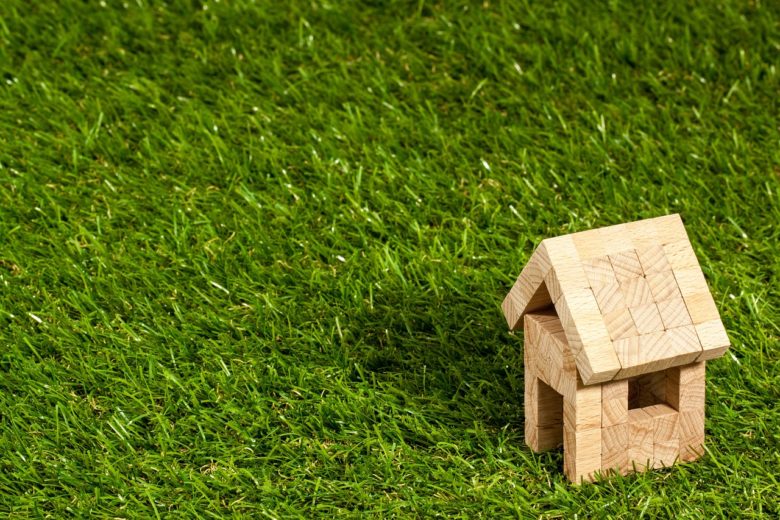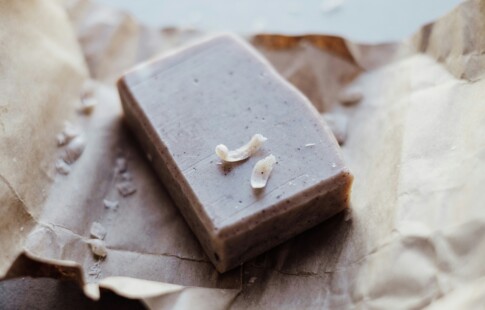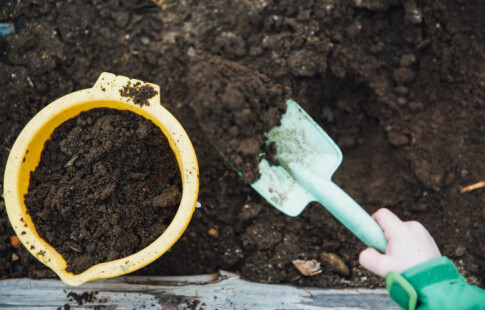
Eco-Friendly Building Materials We Can Expect to Grow in 2024
We are reader-supported. When you buy through links on our site, we may earn affiliate commission.
In today’s world, it’s impossible to go a week without hearing about climate change. Temperatures are rising, and extreme weather events are popping up. What’s the solution? Eco-friendly building materials.
No single answer exists. Instead, the effort must involve a multitude of industries and technologies. In construction, businesses are turning to eco-friendly building materials to do their part.
Green building and infrastructure initiatives have generated more than 1.9 million jobs, totaling more than $265.6 billion in economic boons. These consist of short- and long-term projects, such as making infrastructure more resilient to natural disasters to continued maintenance operators. Which materials can we expect professionals to work with the most in the wake of green building?
What Makes a Building Material Eco-Friendly in 2024?
What constitutes a sustainable building material changes constantly. Research and perspectives have evolved ever since the green building revolution began, becoming more refined and holistic in what green metrics the industry values. What are some of the most important characteristics of the modern age?
It varies depending on what resource builders use. There are principles to sustainable construction, which include these tenants:
- Integrated design
- Optimized energy use
- Water conservation
- Improved indoor environmental conditions
- Low- to no-impact building materials
- Environmental resilience
Another way to look at it is through life cycle assessments. Repairs and renovations are not inherently eco-friendly. Therefore, durable, long-lasting materials are required for achieving sustainable goals. The longer a structure stands without needs a replacement, the more eco-friendly it is.
Finally, eco-friendly building materials must not take advantage of animals, habitats, communities, or workforces. Construction and mining histories have a long and questionable history of environmental and labor exploitation. Moving forward, eco-aware building must embrace ethical sourcing and fair working conditions for all.
Eco-Friendly Materials to Watch for in 2024
Are you interested in eco-friendly building? If so, keep an eye on the following materials in the year to come.
Terrazzo
Terrazzo contains what most would consider environmentally stressful ingredients, like marble, granite, and quartz, bound together with resin. The beauty of terrazzo is it is easily recyclable, and reclaiming materials is simple. Makers can bind it with more sustainable options, too.
In fact, up to 80% of terrazzo tiles are made from reclaimed or recycled materials. Installation doesn’t require chemicals and heat, reducing energy and potential pollutants entering the earth. It continues its eco-friendly streak even after installation by providing excellent thermal protections.
Rammed Earth
Earth construction, also called rammed earth, uses a technique where soil and binder are layered. Then, builders apply pressure to create a hard surface.
These durable walls and floors resemble sedimentary rock. They can be used for thermal storage, as they absorb the sun’s warmth during the day and slowly release it in the evening.
Straw Bale
Builders initially used straw bales in the 1800s to construct various buildings — some of which you can still visit today. For example, the rapid expansion of farming equipment in Nebraska pushed the use of straw construction for churches, houses and museums.
Straw is a renewable material, making it a sustainable building choice. It also has insulative properties, allowing buildings to stay warm in winter and cool in summer. It takes little energy to manufacture compared to other materials, like fiberglass.
Bamboo
Bamboo is an excellent resource. It can feed people and animals, build houses, provide utensils, become rope and more. Plus, it’s the fastest-growing renewable resource known to humanity. It is extremely sturdy and mobile, making it highly versatile in application.
Planting a bamboo grove might even be more helpful for the atmosphere than a forest. It produces between 30% and 35% more oxygen than trees while also acting as a top-tier carbon sequester.
Cork
You pop the champagne cork, and then what? You likely toss it out. However, innovation in construction reveals cork is an excellent eco-friendly material. It has insulative properties that reduce energy usage. Plus, builders can use it for soundproofing.
Ancient Egyptians, Greeks and Romans used cork for insulation, ship flotation and footwear. While this material is primarily used to stopper beverages, architectural applications are on the rise.
Green Concrete
Concrete is one of the most damaging aspects of the building industry, accounting for 9% of anthropogenic emissions. Researchers are exploring several ways for builders to continue using this reliable, sturdy material but in a greener way. Precast concrete is one option. Formulating concrete in a controlled environment allows greater control over climate conditions to minimize impact and waste, instead of working on-site. Manufactured concrete may also use less water and incorporate recycled materials with the right setup.
Precast concrete studies are imagining several options for decarbonization. One is to mix lime with concrete recipes to enhance its carbon sink potential. Nanoscale titanium, water, and other ingredients is another potential outlet.
Self-Healing Materials
What if building materials could automatically repair damage? Advancements in self-healing building materials are changing the game for everything from metals to insulation. Innovators are looking at the micro- and nano-levels, employing two types of processes to force this to happen.
The first is autonomic healing, which happens without a stimulus. Non-autonomic requires one, and it is usually heat. Materials like hydrogels repair broken bonds via electrostatic charges. Ceramics research shows how useful sandwiching layers of chromium aluminum carbide works if it starts to crack. It responds by creating crystals to fill the gaps.
These are only a few examples of self-healing building materials that could make structures last longer and require less waste from maintenance and unnecessary renovations.
Wood
Plain old wood still comes with plenty of advantages. For one, as trees grow, they naturally suck in carbon dioxide (CO2), a chemical known to cause global warming. When used in construction, they require less energy-intensive methods compared to other materials.
Mass timber may also be preconstructed in manufacturing environments, similar to concrete, to reduce carbon footprints. Factories may also reinforce the slabs with eco-friendly additives to make it more durable, increasing its span and boosting its life cycle assessment. Some examples include cross- or dowel-laminated timber.
The recovery and use of secondhand lumber are growing in popularity. Homeowners and architects often covet recovered wood due to its unique appearance. You can also use it as fiber in composite board or for landscaping mulch.
Recycled Plastic
The U.S. generates more than 40 million tons of plastic annually, and the waste concern has only exacerbated since the U.S. stopped shipping plastic waste to China in 2018. Most of this material ends up in a landfill or ocean, unable to break down. Today’s builders are looking for a way to incorporate recycled plastic into blueprints.
Instead of mining and extracting new components, builders can use recycled trash to make concrete. It cuts greenhouse gas emissions and reduces landfill-clogging waste.
Mycelium
Mycelium is the root-like fungi fibers that grow underground. When dried, it can be mixed with organic waste to form bricks. This material is exceptionally durable, plus it’s resistant to water, fire and mold.
Builders can grow mycelium into specific forms, reducing processing requirements and energy consumption. You can also turn this material into composite board without using the dangerous formaldehyde that comes with MDF (medium-density fiberboard).
Ferrock
One new material researchers are testing is ferrock, a concrete-like substance made from recycled materials like steel dust. Ferrock traps CO2 during the drying and hardening process, making it carbon neutral.
Beyond environmental superiority, this material is stronger than conventional concrete. Due to the rusting of iron dust during the hardening process, it’s well-suited for use in saltwater or environments too corrosive for standard concrete.
Top Eco-Friendly Building Materials of 2024
Climate change isn’t an issue we can ignore. Many builders are turning to eco-friendly materials as a way to implement change. Ultimately, the goal is to design net-zero structures — buildings that produce more energy than they use. They can even feed the excess back to the power grid.
From rammed earth to mycelium, innovative new designs are on the rise. What will 2024 bring for the future of building materials?
This post was updated on May 2, 2024 with more updated information.
Share on
Like what you read? Join other Environment.co readers!
Get the latest updates on our planet by subscribing to the Environment.co newsletter!
About the author

Jane Marsh
Starting from an early age, Jane Marsh loved all animals and became a budding environmentalist. Now, Jane works as the Editor-in-Chief of Environment.co where she covers topics related to climate policy, renewable energy, the food industry, and more.





